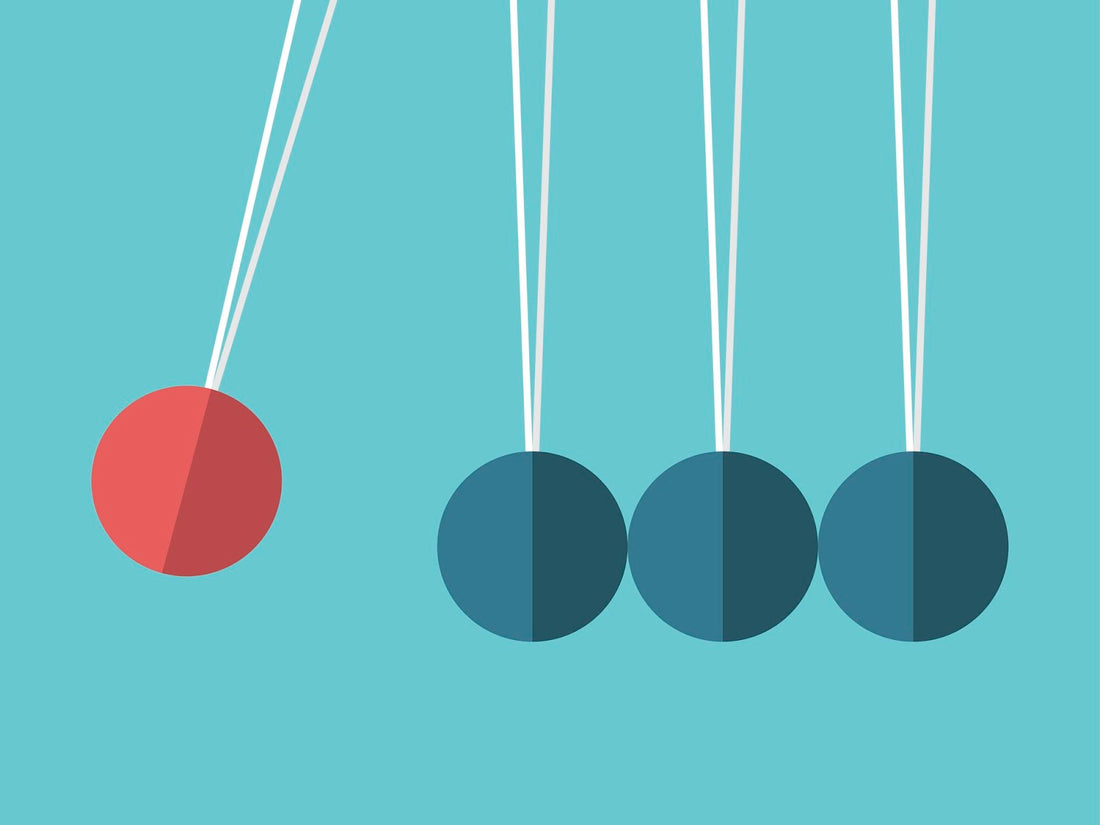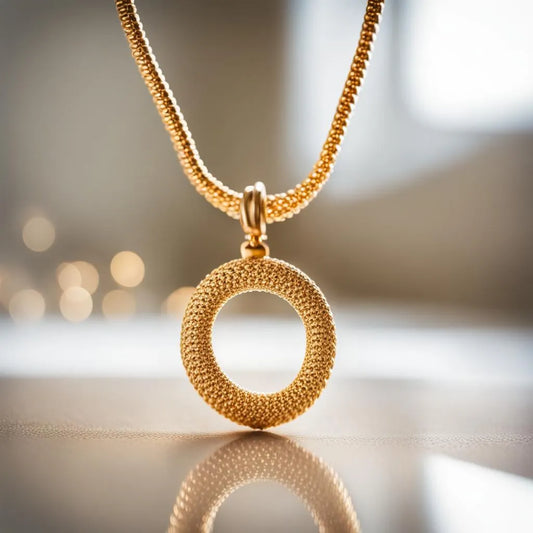Italy is home to hundreds or even thousands of inventions that have revolutionized our lives in more ways than we can imagine.
Here are 10 famous Italian inventions that have changed the world in various ways, whether medical, financial, or scientific.
1. Modern Banks

Credits: The Daily Reckoning
Not many might know this, but the origins of the modern banking industry can be traced to Italy in the Middle Ages and Early Renaissance periods. The English language has borrowed the Italian term “Banca” or “Banco”, which originally meant a bench with a flat surface at its front end. This definition underwent a series of changes afterward, before finally settling on the version that refers to an actual bank or a counter where money is stocked, exchanged, and borrowed or lent.
Such banks were established in the major international trading centers in affluent cities of Northern Italy, such as Milan, Venice, and Genoa. The establishment was a timely one at that, facilitating commerce and the burgeoning trade with foreign investors when Italy held the most economic power in Europe. More and more banking ideas and developments started coming to nascent. An epitome is Florentine bankers inventing letters of credit to prevent merchants from being robbed or murdered while transporting valuable goods by the truckload. These credit letters grew into a must-have for international trade, and Florence itself transitioned into one of the wealthiest cities globally.
Due to the galactic success of the modern baking system, it gradually spread from Northern Italy to the rest of Europe.
2. Telephones

Credits: Science Photo Library
According to several sources, Italian inventor Antonio Santi Giuseppe Meucci invented a video-communication device that is believed to be the world’s the first telephone, changing the way humans once interacted and truly pioneering modern-day communication.
Inspired by the first telephone model in the early 1800s by Italian inventor Innocenzo Manzetti, Meucci patented the idea and immigrated to Havana, Cuba in 1849 to work on his “talking telegram” idea.
Since he had learned about electromagnetic voice transmission in great detail, he managed to figure out a way to transmit his voice through wires in 1856. He soon installed an electromagnetic telephone-like device in his abode to communicate with his wife who was under the weather at the time. Applying the underlying principles involved in making the prototype, Meucci developed more than 30 different kinds of “telephones” between 1856 and 1870.
Alas, he failed to renew the patent as he was plunged into poverty due to fraudulent debtors. As a result, the idea was renewed by Scottish-born inventor Alexander Graham Bell who patented the first practical telephone.
3. Electrochemical Battery

Credits: Vox
Speaking of telephones, the battery has a fascinating past as well. This very object that we use to power nearly all of our electrical appliances, from flashlights and torches to remote controls and battery-operated vehicles, was invented by Italian physicist Alessandro Volta in 1800.
His surname Volta might ring a bell since the measurement unit of a battery’s electromotive force (Volt) is named after him.
Volta built the world’s first true battery by stacking copper and zinc plates before separating them with brine-soaked discs. The wires connected to either end of the plate stack generated steady streams of electric current for a considerable duration. Each voltaic pile or element comprises a copper disc, a zinc disc, and the brine, generating 0.76 Volts of current.

Credits: Wikipedia
4. Piano

Credits: Chupp’s Piano
This highly-raved keyboard was invented by Bartolomeo Cristofori di Francesco in 1709. He was a decorated Italian maker of musical instruments which include the harpsichord and the spinettone, but he was mostly known for creating the modern piano.
In 1688, he was appointed to the Florentine court of Grand Prince Ferdinando de’ Medici to look after an orchestra of musical instruments. During his work, dissatisfaction began to brew in Cristofori as he observed the musicians’ poor control over the volume level of the harpsichord.
To solve this issue, Cristofori switched out the plucking mechanism of the harpsichord with a hammer to create the piano, initially named clavicembalo col piano e forte which translates into a harpsichord playing soft and loud noise.
5. Newspapers
Dating back to the 1560s, the oldest newspapers circulated in Venice, updating the public on events at the time, namely conflicts and political issues. Also known as gazettes or avvisi, these newspapers were handwritten and issued weekly on single sheets that were folded into four pages.
The idea of handwritten news sheets spread to Germany, eventually leading to the publication of the world’s very first newspaper over there in 1609 by author Johann Carolus. This publication was called Relation aller Fürnemmen und gedenckwürdigen Historien (as shown in the image above), and served as the precursor to the format of future newspapers. The format includes updated coverage of various topics, and publication at regular intervals such as on a daily or weekly basis.

Credits: Wikipedia
6. Law of inertia / Newton’s First Law

Credits: ThoughtCo
This extremely popular law was first formulated by physicist, engineer, and astronomer Galileo Galilei in the early 17th Century. He discovered it from several experiments that he conducted, during which he observed that not all horizontal motion required a direct cause. Let’s dive further into what the law is about.
The law states that if an object is at rest, it remains at rest unless a net force acts on it. Similarly, a moving object remains in motion at the same speed and direction unless a net force acts on it. This concept is integral in understanding how everything around us moves (or does not). Knowing how forces work affect our state of motion has led to the development of safety tools, such as airbags in vehicles to absorb the impact of shock during an accident. For example, when the driver of a bus suddenly brakes, your lower body comes to rest as the bus comes to rest but your upper body continues to move forward due to the inertia (“resistance”) of motion. As a result, a forward force is exerted on the body, causing you to fall in the forward direction.
7. Barometer

Credits: Chemistry World
Used to measure air or atmospheric pressure, this sensor was invented and built by Italian physicist and mathematician Evangelista Torricelli in 1644 and was thus called Torricelli's tube.
According to Galileo’s theories, Torricelli uses mercury in his vacuum experiments, filling a four-foot-long glass tube with liquid mercury before inverting the tube into a dish. He observed that some of the mercury did not drip down from the tube, and it dawned upon him that he had created a vacuum. Subsequently, he experimented further and found out that variations in the mercury height from day to day were caused by changes in atmospheric pressure. More specifically, he observed that the weather turned poor whenever the mercury level fell. Likewise, whenever the mercury level rose, the weather turned fair. This experiment thus created the world’s first barometer.
The importance of these devices is irrefutable, particularly in the case of weather forecasting where meteorologists could predict short-term changes in weather. From the data collated, they would be able to determine any incoming or leaving storm to warn the public if need be.
8. Technetium-97

Credits: Thoisoi 2 - Chemical Experiments! on YouTube
An isotope of the element technetium (Tc) was produced and isolated by Italian mineralogist Carlo Perrier and Italian-born physicist Emilio Segrè in 1937. It is the world’s first artificial element ever isolated by mankind and acts as the final puzzle to the last gap of the Periodic Table. Many chemists actually failed to find the element in the olden days.
In terms of how the isotope was even discovered, it all started when a sample of molybdenum foil was mailed to Segrè by American physicist Ernest Lawrence. The foil came from a deflector in the cyclotron of the Lawrence Berkeley National Laboratory in California. It had been bombarded by high-energy radiation particles which was why it was sent to Segrè and Perrier for investigation. That was when they found the presence of the Tc isotope which had a molecular weight of 97 g/mol (hence, the 97 in its chemical name).
This particular isotope is the most stable radioactive one out of all Tc isotopes that have been yielded so far, from Tc-85 to Tc-114. Due to its stability, it is the only Tc isotope present on a large scale, with the most prolonged half-life (“age”) of more than 200,000 years. Because of the magnitude of its scale, it has been generated in bulk quantities as a fission product in nuclear reactors till today.
9. Fission nuclear reactor

Credits: Wikipedia
On a related note, the first operating fission nuclear reactor, the Chicago Pile-1, was built by a team of scientists led by Italian-born physicist Enrico Fermi. Hailed as the "father of the nuclear age", in 1934, Fermi carried out experiments in Rome and discovered, to his surprise, that neutrons could split numerous kinds of atoms. Upon bombarding uranium with neutrons, he unexpectedly obtained elements that were much lighter than uranium.
Subsequently, Fermi and his associate, Leo Szilard, preferred a design for a uranium chain reactor in 1941. Their model comprised uranium placed in a graphite stack to form a cube-like frame of fissionable material, as well as control rods made of cadmium to asbron neutrons. In the following year 1942, Femi’s team gathered at the University of Chicago to develop their theories and by November, they were ready for construction on the Chicago Pile-1, which was erected on the floor of a squash court beneath the school’s athletic stadium.
Thanks to his invention, around 26 % of electricity in the European Union (EU) and 20 % of electricity in the United States of America (USA) are produced by nuclear power. Despite controversies surrounding its use, nuclear power remains a far more efficient energy source compared to fossil fuels. Nuclear power remains the largest source of zero-carbon energy that has saved millions from air pollution, according to NASA calculations.
10. Liposuction
Even though the use of suction to eliminate fat from the body was first performed by French surgeon Charles Dujarier, the roots of modern liposuction sprouted from the development of the blunt tunneling method by father and son Italian gynecologists Dr. Arpad and Dr. Giorgio Fischer respectively.
Back in 1974, they were in Rome where they invented a blunt, hollow surgical instrument called the cannula which is designed to create tunnels between large blood vessels in the body while sucking out fat deposits.

Credits: iStock
Indeed, this is a medical breakthrough that deserves more recognition. Previously, physicians often employed the curette to scrape off fats from the inner walls of the blood vessels. Unfortunately, this technique engineered a host of health complications, from blood clots to irregularities of the skin surface. Another older technique that failed to protect patients effectively was the surgical removal of both fat and skin in an attempt to reshape the whole body. Consequently, gross scarring surfaced and over time, fats made a surprise reappearance around the incision regions which resulted in physical deformities.
If you are interested in Italy, you can find out whether it snows in Italy and the history of Italian music.




